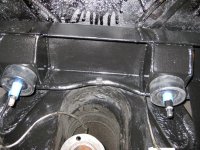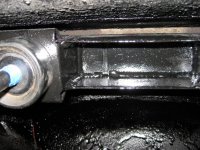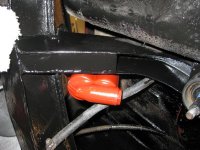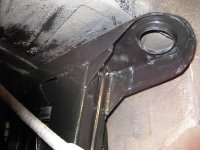Scotsman
Jedi Hopeful
Offline
Other than the axle are there any additional differences between the "live axle" TR4a's vs the IRS models. For example I have read that Triumph improved the hood latches in later model TR4a's and was wondering if improvements were made to the IRS model that were not applied to the live axle model.
My understanding is that the IRS is more desirable but some folks tell me they like the "sporty" feel of the live axle more. Comments
My understanding is that the IRS is more desirable but some folks tell me they like the "sporty" feel of the live axle more. Comments

 Hi Guest!
Hi Guest!

 smilie in place of the real @
smilie in place of the real @
 Pretty Please - add it to our Events forum(s) and add to the calendar! >>
Pretty Please - add it to our Events forum(s) and add to the calendar! >> 




